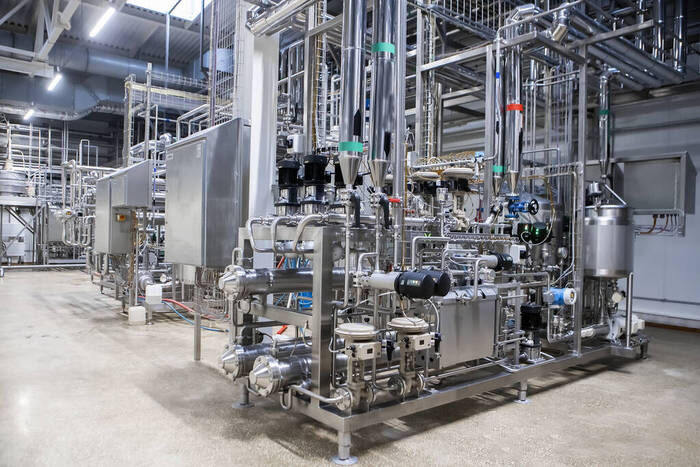15-7PH is a copper-added precipitation hardening steel type. It is a steel type developed by replacing 2% chromium in 0Cr17Ni7Al steel with 2% molybdenum. Its basic properties are similar to 0Cr17Ni7Al steel, but its overall performance is better than it. It can withstand various cold forming and welding processes in the austenitic state, and can obtain the highest strength after heat treatment; it has excellent high temperature strength below 550°C.
Specifications |
In stock, can be customized according to customer requirements |
Form |
Plate, Strip,Bar,Tube |
Classification |
Precipitation Hardened Steel |
1)Chemical Composition
Alloy |
% |
C |
Mn |
Si |
P |
S |
Cr |
Ni |
Al |
Mo |
15-7PH |
Min |
|
|
|
|
|
14.0 |
6.50 |
0.75 |
2.00 |
Max |
0.09 |
1.0 |
1.0 |
0.04C |
0.030 |
16.0 |
7.75 |
1.50 |
3.00 |
2)Physical properties:
The density of 15-7PH is 7.85g/cm³, and the melting point is 1415-1450℃.
Mechanical properties of 15-7PH alloy at room temperature
Alloy |
Tensile strength Rm N/mm2 |
Yield strength |
Elongation after break % |
Reduction of area % |
HB |
HRC |
solid solution |
|
|
|
|
s260 |
≤26 |
565℃aging |
≥1210 |
≥110 |
≥7 |
≥25 |
≥375 |
≥42 |
510℃aging |
≥1320 |
≥1210 |
≥6 |
≥20 |
≥388 |
≥44 |
15-7PH stainless steelis widely used in the chemical industry and is used to manufacture aviation thin-walled structural parts, various chemical equipment and other structural parts. It is mainly used to manufacture various containers, pipes, springs, diaphragms, valve membranes, ship shafts, compressor plates, reactor components, etc. with good corrosion resistance and high strength.
PH15-7Mo (632)national standard 0Cr15Ni7Mo2Al, Japanese SUS632, uses 2% molybdenum to replace 0Cr17Ni7Al steel. Its basic properties are similar to 0Cr17Ni7Al steel, but its overall performance is better than 0Cr17Ni7Al steel. It can withstand various cold molding and welding processes, can reach maximum strength after reheat treatment, and has excellent high-temperature strength below 550°C.
It is used in the manufacture of aviation thin-walled parts, including various containers, pipes, springs, valve membranes, ship shafts, compressor plates, reactor components and structural parts of various chemical equipment.

The manufacturing process of stainless steel and alloys involves multiple steps to transform raw materials into flat,rectangular sheets or plates made of stainless steel and alloys. Here are a few key steps for stainless steel and alloys:

Molten stainless steel and alloys are cast into large ingots or billets through a casting process.

During the hot rolling process,the thickness of the steel ingot is gradually reduced and elongated to form long strips or coils.

Annealing involves heating stainless steel and alloys to a specific temperature and then slowly cooling it.

Cold rolling is carried out through rolling mills to reduce thickness to meet customer specifications.
Wuxi Walmay Metal Co,Ltd is a comprehensive processing group of Alloy Steel、Forged Parts Fitting、Titanium Alloy、Stainless Steel、Special Welding Wireseries, and more than 800 specifications.
Our group has been engaged in the domestic and global market for more than ten years with rich steel experience and can offer professional advice for customers inapplications with different materials.
Machine cutting
Sheet cutting
plasma cutting
Dynamic waterjet cutting
sawing
Plank leveling
polishing
laser cutting
laser cutting
production cutting
Long product cutting
Bar and structural cutting
polishing
Heat treatment and annealing: Wuxi Walmay Metal can heat treat certain 400 series stainless steels.
Material Reliability Identification (PMI): Wuxi Walmay Metal can complete this testing in-house.
Ut Testing: Ultrasonic testing (UT) uses high-frequency sound energy to inspect and measure stainless steel products.
Our professional sales team answers your questions within 24 hours.
Copyright © Wuxi Walmay Steel Co.,Ltd All Rights Reserved